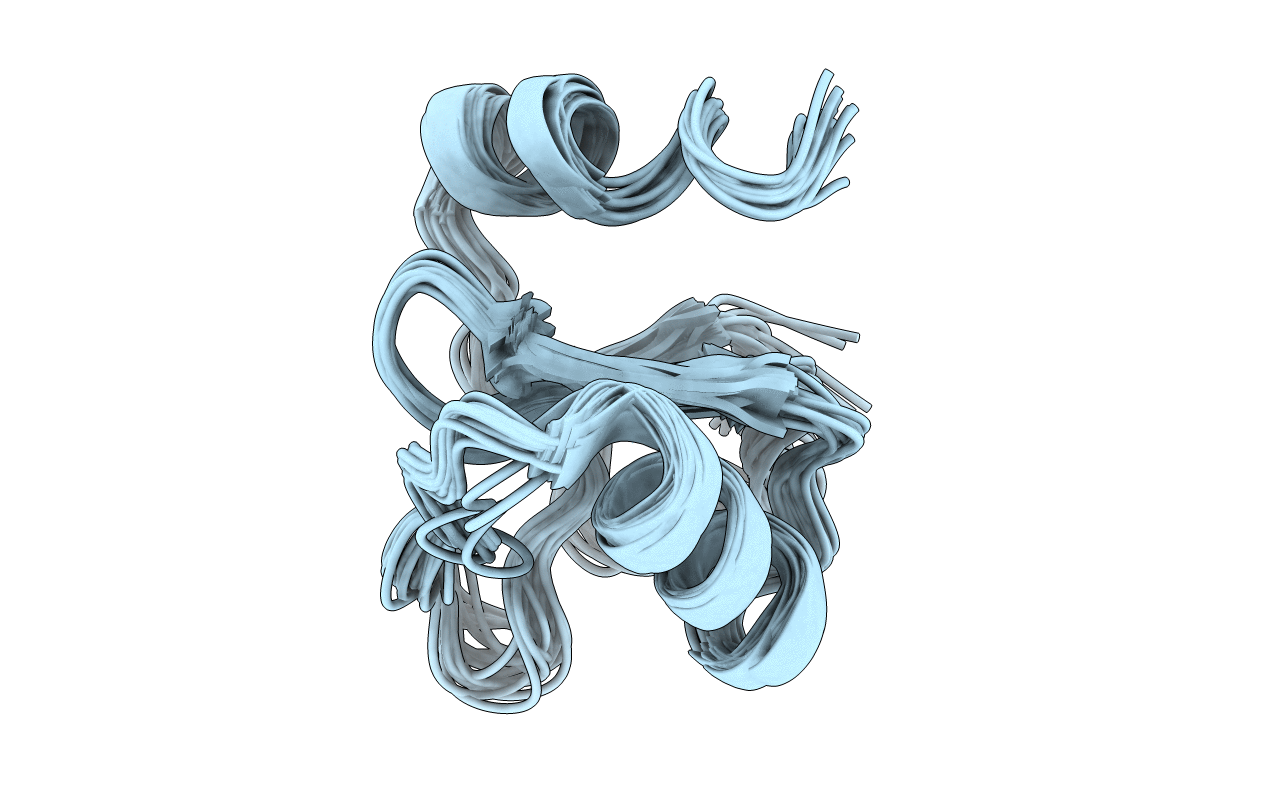
Deposition Date
2005-01-10
Release Date
2006-01-17
Last Version Date
2024-10-23
Entry Detail
PDB ID:
1WWN
Keywords:
Title:
NMR Solution Structure of BmK-betaIT, an Excitatory Scorpion Toxin from Buthus martensi Karsch
Biological Source:
Source Organism:
Mesobuthus martensii (Taxon ID: 34649)
Method Details:
Experimental Method:
Conformers Calculated:
200
Conformers Submitted:
20
Selection Criteria:
structures with the lowest energy


